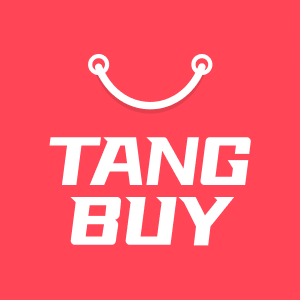The Best Dropshipping Software for 2025
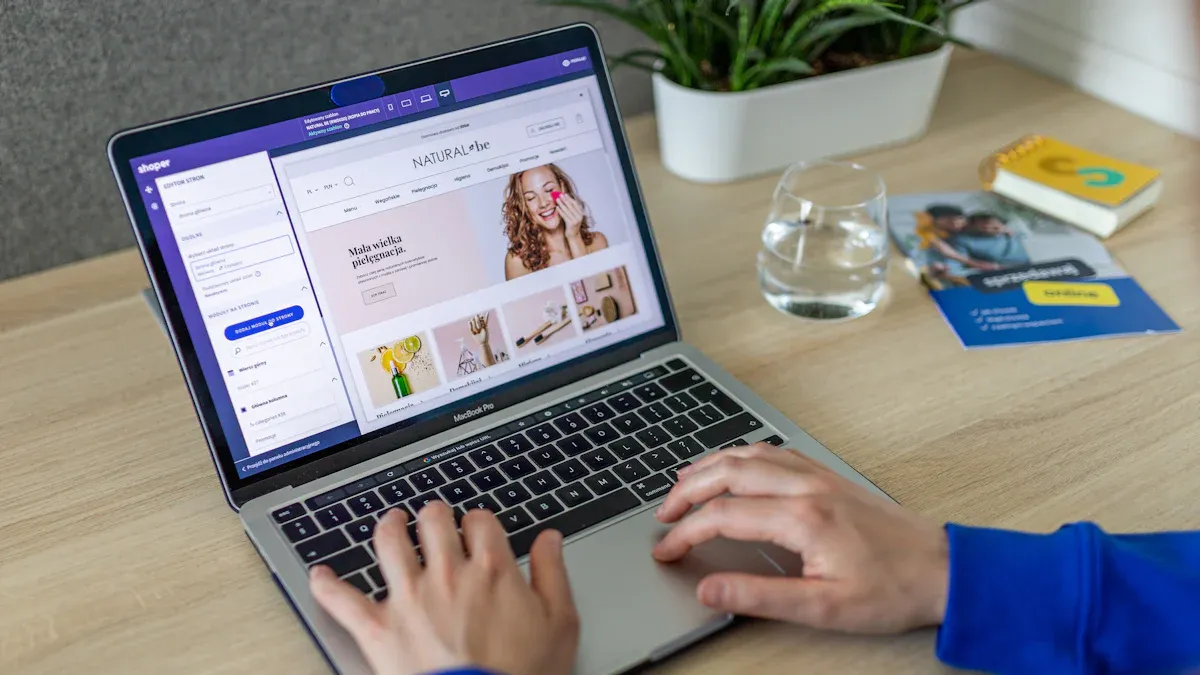
Looking for the Best Dropshipping Software in 2025? You have many good choices:
DSers
AutoDS
Dropified
Inventory Source
Spocket
CJdropshipping
Zendrop
SaleHoo
Modalyst
Syncee Collective
Picking the right platform helps your business work better. These tools do order processing for you. They also help you manage your stock. They link you with trusted suppliers. You save time and make fewer mistakes. You can grow your shop without hiring more people. AI and real-time syncing keep things current. This helps you stay ahead in a fast market.
Key Takeaways
Picking the right dropshipping software saves you time. It also helps you make fewer mistakes. Your shop can grow more easily with it.
Top platforms like Zendrop, DSers, and AutoDS have strong automation and AI tools. These tools make order and stock management simple.
Good dropshipping software connects well with popular shops like Shopify and WooCommerce. This lets you manage all your sales in one place.
Automation does jobs like sending orders, updating prices, and syncing stock. This gives you more time to grow your business.
AI tools help you find trending products. They also help you write better listings. You can find good suppliers faster and smarter too.
Choose software that matches your shop size and growth plans. Look for features like multi-store support and bulk actions if you want to grow bigger.
Free plans are good for starting out. Paid plans give you more products, better automation, and extra features as your shop grows.
Try free trials or money-back guarantees first. This helps you see if the software is easy to use and fits your needs before you decide.

Best Dropshipping Software
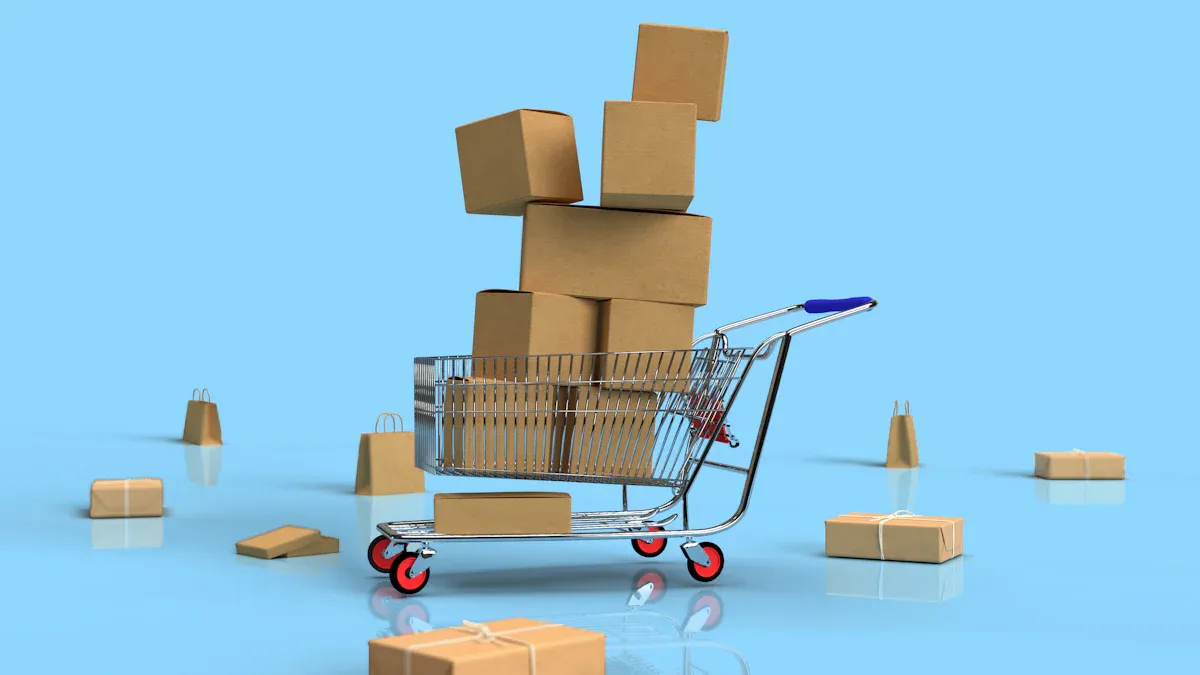
Top Picks 2025
You want the Best Dropshipping Software for your shop in 2025. Here are some top picks that people like now:
Platform | Who It Suits | Key Features & Benefits | Pricing Range | Standout Automation & AI Tools |
|---|---|---|---|---|
Zendrop | Beginners to Pro | US/EU suppliers, branded packaging, auto-fulfilment, private labelling | Free, Pro £39/mo, Plus £63/mo | Branded fulfilment, order automation |
SaleHoo | Beginners to Mid-tier | Vetted supplier directory, market research, Shopify integration | £53/year directory, £21/mo dropship | Supplier vetting, niche research |
Inventory Source | Mid-tier to High-volume | Multi-channel integration, real-time inventory syncing | Varies | Competitor-based pricing adjustments |
Spocket | Beginners to Mid-tier | Fast US/EU shipping, curated suppliers, multi-platform integration | Free starter, paid plans | Fast shipping, supplier curation |
Modalyst | Beginners | Product import, private labelling, print-on-demand (POD) | Free plan available | Branding and packaging customisation |
DSers | Beginners | AliExpress integration, fast product import | Free basic, paid from £16/mo | AI-powered product discovery |
Dropified | Mid-tier | Product imports, order routing, branded invoicing | From £21/mo | AI-generated SEO titles and descriptions |
AutoDS | Beginners to Mid-tier | AI-powered automation, product research, pricing, ad copywriting | From £24/mo | AI-generated product descriptions and ads |
Syncee | Beginners | Global supplier marketplace, auto product data sync | Free and paid plans | Automated inventory updates |
These platforms work for everyone, from new sellers to big brands. They all try to make dropshipping simple and quick. DSers and AutoDS use AI to help you find products and write listings. Spocket and Zendrop let you use fast suppliers in the US and Europe.
Tip: If you use Shopify or WooCommerce, most of these tools will work well with your shop. Shopify and WooCommerce both let you sell on many channels and have lots of apps. This makes it easy to use the Best Dropshipping Software and run your shop in one place.
Why They Lead

You may ask why these platforms are the Best Dropshipping Software for 2025. The reason is clear. They save you time, help you make fewer mistakes, and let your shop grow.
Automation: AutoDS and DSers do bulk orders, update prices, and sync stock for you. You do not need to check stock or send orders yourself. This lets you spend more time selling and marketing.
AI Tools: AutoDS uses AI to write product details and find popular items. Dropified gives you AI-made SEO titles. DSers helps you find the best suppliers on AliExpress with smart tips.
Supplier Integration: Spocket, Zendrop, and Modalyst link you with trusted suppliers in the US, EU, and other places. SaleHoo checks suppliers for you, so you do not get scammed or get bad products.
Scalability: Inventory Source and Dropified let you sell on many sites, like Amazon, eBay, and Shopify. You can grow your shop without changing software.
Pricing Models: DSers, Spocket, and Modalyst have free plans. Paid plans give you more features as your shop grows. Some, like Spark Shipping and Flxpoint, are for big sellers and cost more but have full automation.
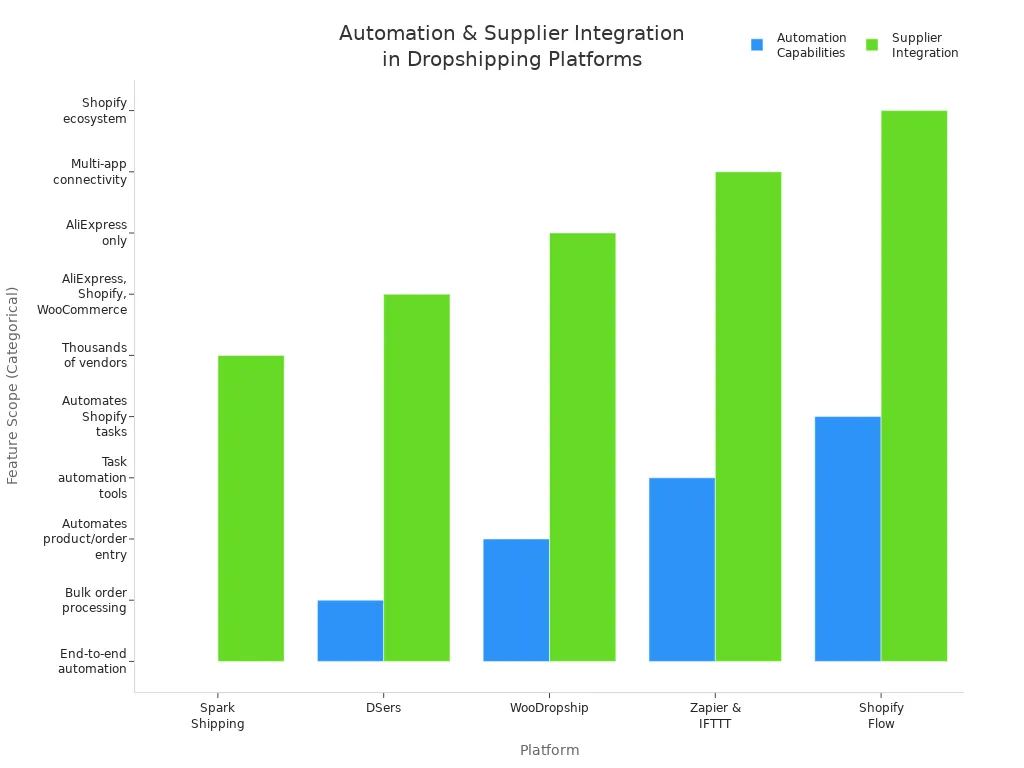
The chart above shows that automation and supplier links are different for each platform. DSers and AutoDS give strong automation for new and growing shops. Spark Shipping and Inventory Source are better for bigger shops that want more control and supplier choices.
If you want the Best Dropshipping Software, pick tools that fit your shop size and what you want to do. Some platforms are easy to start and cheap. Others have more features for bigger shops. No matter which you choose, these top picks help you run your dropshipping shop with less worry and more money.
What is Dropshipping Software
Core Functions
You may wonder what dropshipping software does for your shop. It acts like a digital helper. It handles boring and hard jobs for you. This means you can spend more time growing your brand. You do not need to chase suppliers or fix stock mistakes.
Here is what good dropshipping software can do:
It handles orders for you, so you do not type them in.
It keeps your stock levels correct all the time.
It links you with suppliers and helps manage them.
It helps you find and add new products fast.
It sends orders to the right supplier for you.
It lets you change prices with easy tools.
It works with your favourite e-commerce sites and payment systems.
It tracks shipping and delivery, so you know where orders are.
It runs in the cloud, so you can use it anywhere.
It helps you grow with bulk orders and many shops.
It gives you reports on sales, profits, and how suppliers do.
It gives tips to help you make better business choices.
💡 Tip: If you do not like doing things by hand, dropshipping software can save you lots of time. It also helps you avoid mistakes that can upset your customers.
2025 Relevance
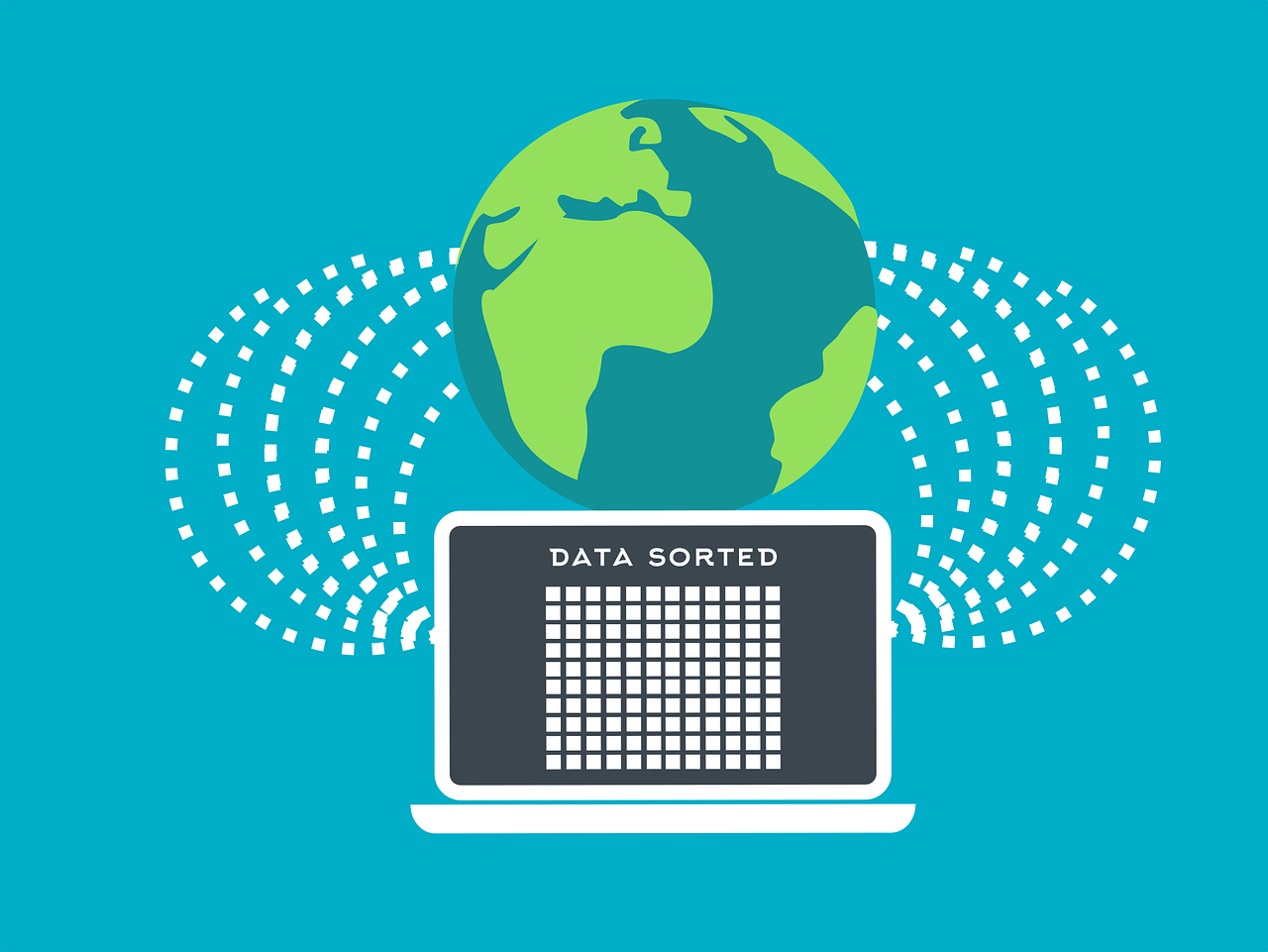
Dropshipping software has changed a lot in the last few years. In 2025, it does more than just simple tasks. The best tools now use AI and work on many sales sites. You can use them at your desk or on your phone.
Here is a quick look at how dropshipping software has changed for 2025:
Core Functionality Evolution | Description | Impact on Online Retailers in 2025 |
|---|---|---|
AI and Automation Integration | It does product research, pricing, supplier checks, and order fulfilment for you | Your shop runs smoother, grows faster, and makes more money with smart pricing and stock tips |
Multi-Channel Integration | You can manage orders, stock, and messages on over 15 sites from one place | You sell more because you reach buyers on many sites, not just one |
Mobile-First Architecture | Mobile apps let you check sales, send orders, and talk to suppliers anywhere | You can run your shop anywhere, which is good as most people shop on phones |
Supplier Quality Management | AI checks suppliers and can swap them if they do not do well | You get fewer late deliveries and bad products, so customers stay happy |
Cloud-Based Solutions | Most tools now run in the cloud, so they are easy to grow and link with other services | Your system grows with you and works with payment and shipping partners |
Additional Features | Real-time tracking, fraud checks, rules tools, and support for special markets | Your business stays safe, legal, and ready for special buyers |
You can see that dropshipping software in 2025 is smarter and quicker than before. If you want to stay ahead, you need a tool that keeps up with these changes. The right software helps you avoid problems, reach more buyers, and run your shop from anywhere, even your phone.
Features Comparison
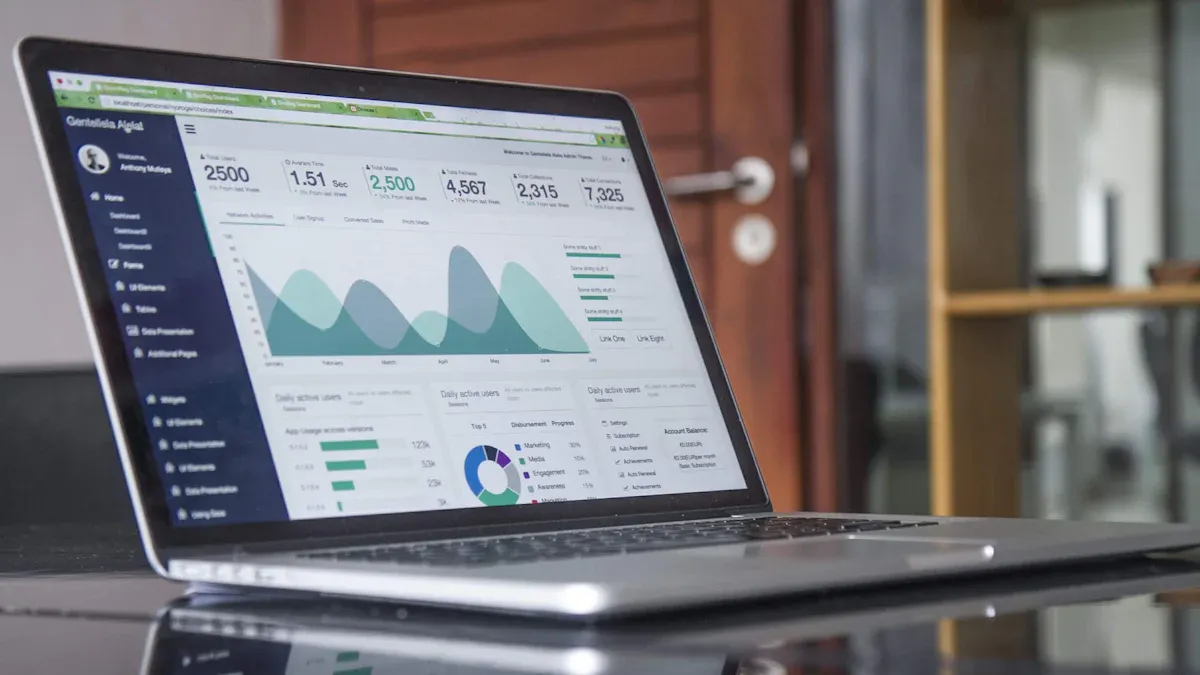
Automation
You want your dropshipping shop to work well. Automation helps make this happen. The right software does boring jobs for you. You do not have to update stock by yourself. You also do not need to send each order one at a time. The software takes care of these jobs.
Most top dropshipping tools, like DSers, AutoDS, and Inventory Source, have strong automation. You can set rules for prices and stock updates. You can also set rules for sending orders. When someone buys something, the software sends the order to your supplier. It also changes your stock levels right away. This stops you from selling things that are out of stock.
Here are some ways automation helps you:
Sends orders to suppliers without you doing anything.
Changes prices and stock every few minutes.
Tracks parcels and tells your customers where they are.
Deals with returns and refunds with just a few clicks.
🚀 Tip: Automation lets you spend more time growing your business. You do not have to fix small problems all the time.
AI Tools
AI tools make dropshipping smarter in 2025. They do more than just simple jobs. AI helps you choose the best products. It helps you write better listings. It also helps you see trends before others do.
Many platforms now use AI to help your shop. For example, AutoDS and Spocket use AI to find trending products. SaleHoo uses AI to help you find good items for your shop. DSers and Oberlo use AI to suggest products and help with shipping. These tools also help you manage orders and keep your stock right.
Here is a quick look at how some popular tools use AI:
Tool Name | Key AI Features for Product Selection & Order Fulfilment |
|---|---|
Oberlo | Finds trending products, automates shipping, helps with product search. |
Spocket | Offers global suppliers, AI-powered product search, auto order fulfilment. |
SaleHoo | AI supplier directory, helps you find profitable niche products. |
AutoDS | AI product sourcing, automated order management, price monitoring. |
Inventory Source | Automates inventory sync, supplier orders, reduces manual work. |
AI tools save you time and help you make better choices. You can find good products faster and avoid slow sellers. You also make fewer mistakes with orders and stock.
Integrations
You want your dropshipping software to work with your favourite platforms. Integrations make this simple. Most top tools connect with Shopify, WooCommerce, BigCommerce, and even sites like Amazon and eBay.
With good integrations, you can:
Sync products and orders across all your shops.
Manage everything from one dashboard.
Use payment and shipping partners you trust.
Add new sales channels as your business grows.
For example, Spocket and DSers both work well with Shopify and WooCommerce. Inventory Source lets you sell on many sites at once. Modalyst and Dropified also have strong integrations for selling on many channels.
💡 Note: Before you pick a tool, check if it works with your shop. This saves you time and stops tech problems later.
Scalability
You want your dropshipping business to grow. Scalability means your software can handle more orders, products, and sales channels as your shop gets bigger. Not every tool does this well. Some platforms work best for small shops, while others help you manage thousands of products and many stores.
If you start small, you might only need to manage a few products. As your shop grows, you will want to add more items, connect to new suppliers, and maybe sell on more than one website. Good dropshipping software lets you do this without slowing down or making things complicated.
Here’s what to look for if you want to scale up:
Product Limits: Some free plans let you add only a few products. Paid plans often let you add thousands.
Multi-Store Support: Tools like DSers and Inventory Source let you run several shops from one dashboard.
Bulk Actions: You can update prices, stock, or product details for many items at once.
Order Volume: Platforms like AutoDS and Inventory Source handle hundreds or thousands of orders each day.
Supplier Management: As you grow, you may want to work with more suppliers. Good software makes this easy.
💡 Tip: If you plan to grow fast, pick software that won’t limit you. Look for platforms with higher product caps and strong automation.
Some tools, like DSers and Spocket, offer higher tiers for big shops. Inventory Source and Dropified are also great for scaling because they support many channels and suppliers. You can start small and upgrade as you grow, so you never feel stuck.
Pricing
Pricing matters a lot when you choose dropshipping software. You want to keep costs low, but you also want features that help your business run smoothly. Most platforms offer free and paid plans. Free plans are good for testing, but they often have limits on products or features.
Let’s compare the pricing for DSers, Spocket, and SaleHoo:
Platform | Free Tier | Paid Plans & Pricing | Key Features & Limits |
|---|---|---|---|
DSers | Yes: Up to 3,000 products | Basic: $19.90/mo (up to 10,000 products), Advanced: $49.90/mo (unlimited products) | Great for Shopify, AliExpress, high-volume shops |
Spocket | Yes: Up to 25 items, no branded invoices | Starter: $39.99/mo (25 products), Pro: ~$99/mo (250 products, premium suppliers) | Focus on US/EU suppliers, branding, premium options |
SaleHoo | No free plan | Starter: $9/mo (1 store), Pro: $49/mo (3 stores), Lifetime: $299 one-time | Supplier directory, research tools, no free tier |
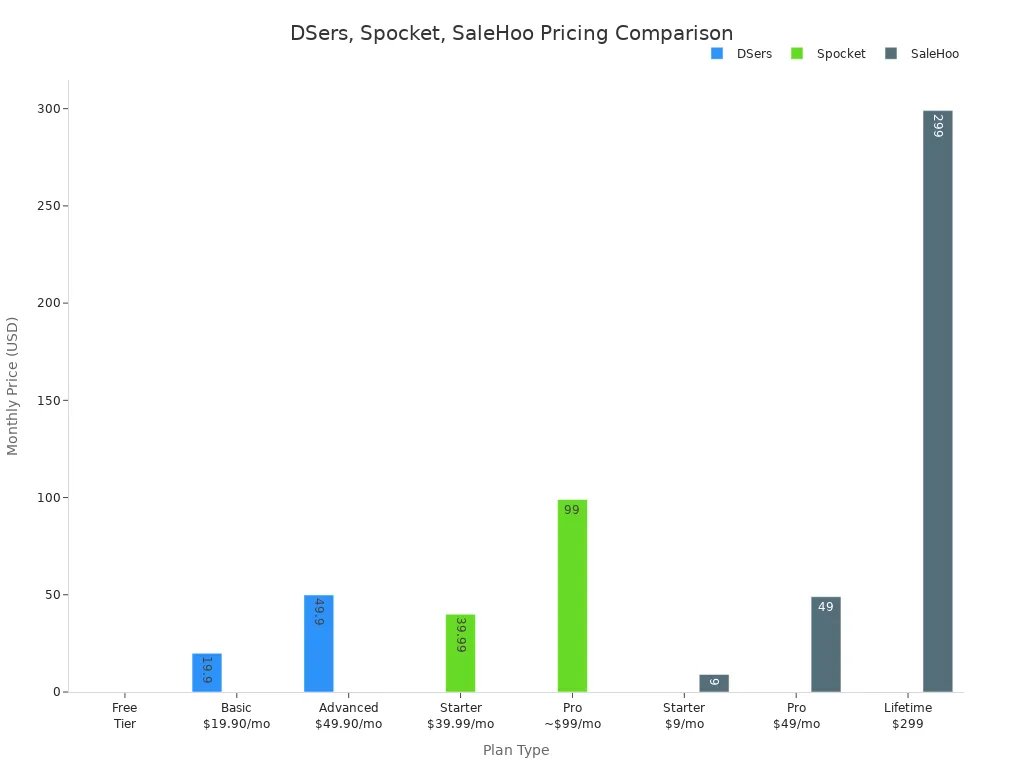
You might notice that free plans work well for beginners, but you will need to upgrade as your shop grows. Paid plans unlock more products, better automation, and extra features like branded invoices or premium suppliers.
When you look at pricing, remember it’s not just the monthly fee. You also pay for apps, themes, payment processing, and sometimes extra support. Some platforms give discounts if you pay yearly. Others charge more for advanced integrations or white-glove support.
Cheaper plans often mean more manual work and fewer integrations.
Higher-priced plans usually offer better automation, more channels, and less manual effort.
Advanced features, like reporting and supplier onboarding, can save you time and money in the long run.
🚀 Note: Always check what’s included in each plan. Think about your growth plans and pick a platform that fits your budget now and as you scale. This way, you avoid surprise costs and keep your business running smoothly.
Choosing Software
Business Needs
You want dropshipping software that fits your shop, not just any tool. Every business is different. Some shops sell shoes, others sell gadgets, and some focus on a single niche. Before you pick a platform, think about what your shop really needs.
Here’s a simple checklist to help you match software to your business:
Vendor Onboarding: Does the software make it easy to add new suppliers? Look for features like CSV uploads, vendor logins, or API connections.
Source Integrations: Can you connect with many suppliers, warehouses, or third-party logistics (3PLs)? This helps you offer more products.
Channel Integrations: Will the tool work with your online shop, like Shopify, WooCommerce, or Amazon? Make sure it supports your main sales channels.
Inventory Syncing: Does it keep your stock levels up to date? Fast syncing stops you from selling out-of-stock items.
Product Data Management: Can you import product details, set custom fields, and use smart pricing tools?
Order Routing: Does it let you set rules for where orders go, based on cost or location? This saves money and time.
Invoice and Accounting: Will it link with your accounting software and handle invoices and taxes?
Returns and Refunds: Does it help you manage returns, refunds, and shipping labels?
Unique Needs: Do you run a B2B shop or a marketplace? Check if the software supports special workflows, like memberships or vendor payments.
📝 Tip: Write down your top three needs before you start comparing platforms. This keeps you focused and helps you avoid paying for features you won’t use.
Budget
You want to keep costs low, but you also want the right features. Dropshipping software comes in all price ranges. Some tools offer free plans, while others charge monthly or yearly fees. Think about what you can spend now and what you might need as your shop grows.
Start by looking at the basics. Free plans are great for testing, but they often limit the number of products or orders. Paid plans unlock more features, like faster syncing, branded invoices, or better support. Some platforms give discounts if you pay for a year upfront.
Remember, the cheapest option is not always the best. If you pick a tool that saves you hours each week, it can pay for itself. Also, check for hidden costs, like extra fees for integrations or support.
💡 Note: Make a simple budget. List the monthly fee, any extra app costs, and what you get for each plan. This helps you see the real value.
Growth
You want your business to grow, so your software should grow with you. Good dropshipping tools let you start small and scale up when you need to. You might begin with a few products, but later you could add hundreds or even thousands.
Dropshipping software helps you expand your product range without holding stock. Big brands like Nordstrom and Foot Locker use dropshipping to offer more items and reach more customers. You can do the same. If you focus on a niche, you can target a smaller group and stand out from the crowd. This makes marketing easier and helps you build a loyal customer base.
Look for software that supports more products, more suppliers, and more sales channels as you grow. Some platforms let you manage several shops from one dashboard. Others help you automate more tasks as your order volume increases.
🚀 Tip: Choose a platform that won’t hold you back. Think about where you want your shop to be in a year, not just today.
Trials
Trying before you buy makes a big difference when picking dropshipping software. You want to see if a tool fits your shop and feels easy to use. Most top platforms let you test their features with a free plan or a trial. This way, you can explore the dashboard, add products, and even process a few orders without spending money.
You might notice that some providers offer a free plan with basic features. Others give you a short trial of their paid plans. A few even promise your money back if you are not happy. Here’s a quick look at how some popular dropshipping software handle trials and guarantees:
Provider | Free Trial / Plan | Money-Back Guarantee | Details |
|---|---|---|---|
Spocket | Free plan available | N/A | Start selling with no membership fee; upgrade for more features |
SaleHoo | N/A | 60-day money-back guarantee | Pay £67 yearly; get a refund if you cancel within 60 days |
You can see that Spocket lets you start with a free plan. You can list products and make your first sales without paying anything. If you want more features, you can upgrade later. SaleHoo works a bit differently. You pay a yearly fee, but they give you a 60-day money-back guarantee. If you decide it is not right for you, you can ask for a refund.
💡 Tip: Always check what is included in a free plan or trial. Some tools limit the number of products or orders you can process. Others might not let you use premium suppliers or branded invoices until you upgrade.
When you try a new platform, focus on these things:
Is the dashboard easy to use?
Can you add and edit products quickly?
Does the software connect with your shop and suppliers?
How fast does it update stock and prices?
Is support helpful if you get stuck?
You do not want to rush this step. Take your time and test the features that matter most to your business. If you are not sure, use the trial to run a few real orders. This helps you spot any problems before you commit.
Some platforms do not offer a free trial, but they might have a money-back guarantee. This gives you peace of mind. You can sign up, try everything, and get your money back if it does not work for you.
📝 Note: Trials and guarantees help you avoid costly mistakes. Use them to find the software that feels right for your shop. You will feel more confident when you finally choose.
Benefits and Costs
Time Savings
You want to save time in your dropshipping business. Dropshipping software helps you do this every day. You do not have to spend hours on boring tasks. The software takes care of them for you. Here’s how it makes your life easier:
Automated workflows handle tasks right away. You set the rules, and the software follows them. No more waiting for manual checks or emails.
Automation cuts out human mistakes. You do not have to worry about typing the wrong address or missing an order. The software keeps your data accurate.
Order processing becomes simple. The software sends orders to suppliers, updates order status, and imports tracking numbers. You do not need to enter anything by hand.
Inventory management gets easier. The software syncs your stock with all your suppliers. You will not oversell or run out of products.
Pricing changes happen fast. The software can adjust your prices if your supplier changes theirs or if your competitors change theirs.
⏰ Tip: When you let the software do the hard work, you get more time to focus on growing your shop and finding new customers.
Profit Margins
You want to keep more profit from every sale. Dropshipping software helps you do this by cutting costs and making your business leaner. You do not need to pay for storage or worry about unsold stock. This is great if you are just starting or want to test new products.
Here’s a quick look at how dropshipping compares to other fulfilment models:
Fulfilment Model | Monthly Cost Range | Best For |
|---|---|---|
Dropshipping | New sellers, product tests |
You also avoid high storage and packing fees. Look at these cost benchmarks:
Cost Component | Target Range | Red Flag |
|---|---|---|
Storage per Unit | $1.50–$3.50 | Over $4.00 |
Pick & Pack | $0.75–$1.25 | Over $1.50 |
You want to keep your inventory moving. High turnover (eight or more times a year) helps protect your net margin. Dropshipping software helps you do this by keeping your stock low and your costs down.
💷 Note: Lower costs mean you can offer better prices or keep more profit for yourself.
Ongoing Fees
You need to think about ongoing fees when you choose dropshipping software. Most platforms charge a monthly or yearly fee. Some offer free plans, but these often have limits. You might pay more as your shop grows or if you want extra features.
Here’s what you should watch for:
Monthly subscription fees for using the software.
Extra charges for premium features, like branded invoices or faster syncing.
Transaction fees on each sale, depending on the platform.
Costs for extra integrations or support.
You should always check what is included in your plan. Some tools look cheap at first but add costs later. Others give you everything in one price. Make sure you pick a plan that fits your budget now and as you grow.
📝 Tip: Write down all your monthly costs. This helps you see if your dropshipping business is making money or just breaking even.
Best for Different Users
Overall Best Dropshipping Software
You want a tool that works for most shops, no matter your size or experience. Right now, Zendrop and DSers stand out as the best dropshipping software for 2025. Both give you strong automation, easy supplier connections, and support for many sales channels. You can use them with Shopify, WooCommerce, and other big platforms. They help you manage orders, track stock, and keep your shop running smoothly. If you want a mix of power and ease of use, these two are safe bets.
🏆 Tip: If you want to try before you buy, both Zendrop and DSers offer free plans. You can test features and see if they fit your shop.
For Beginners
Starting dropshipping can feel scary, but the right software makes it simple. You should look for tools with clear dashboards and step-by-step guides. Platforms like AutoDS, Spocket, and Modalyst are great for beginners. They have user-friendly interfaces, so you can set up your shop without stress. You get automation for product imports, stock syncing, and order fulfilment. This means you spend less time on boring tasks and more time learning how to sell.
Here’s what makes these platforms beginner-friendly:
Simple setup and easy-to-use dashboards.
Automation for product importing, inventory syncing, and order fulfilment.
Ready-to-use templates for logos and ads, so you don’t need design skills.
Built-in analytics to help you track sales and spot winning products.
Product research tools that help you find trending items fast.
All-in-one features, so you don’t need lots of extra apps.
You can also use tools like Canva or InVideo to make your shop look professional, even if you’re new to design. These features help you avoid mistakes and grow your shop with confidence.
For Scaling
When your shop starts to grow, you face new challenges. You need software that can handle more orders, more products, and more suppliers. Inventory Source and Dropified are top choices for scaling. They let you manage many shops and sales channels from one place. You can automate bulk actions, like updating prices or syncing stock across thousands of products.
As you scale, you might run into problems like unreliable suppliers, stockouts, or sudden price changes. Good dropshipping software helps you deal with these by:
Giving you real-time inventory tracking, so you don’t oversell.
Letting you work with multiple suppliers, which keeps your shop running if one has issues.
Using automated price monitoring, so you stay competitive.
Offering tools to manage customer support as your orders increase.
🚚 Note: As your business grows, you’ll need to automate more tasks and keep a close eye on supplier quality. The right software helps you do this without getting overwhelmed.
Choosing the Best Dropshipping Software sets you up for success in 2025. You should match features to your business goals and growth plans. Many successful shops focus on unique products, use automation to save time, and test suppliers for quality. Try these steps:
Test free trials or short-term plans.
Connect your shop, upload products, and start marketing.
Remember, keep improving and use automation to help your business grow.
FAQ
What is dropshipping software?
Dropshipping software helps you run your online shop. You can add products, manage orders, and connect with suppliers. The software does boring jobs for you, so you save time and avoid mistakes.
Can I use dropshipping software with Shopify or WooCommerce?
Yes, you can! Most top dropshipping tools work with Shopify and WooCommerce. You just connect your shop, and the software handles products and orders for you.
Is there a free dropshipping software I can try?
You can try free plans from DSers, Spocket, and Modalyst. These let you test features and start selling. You can upgrade later if you need more products or extra tools.
How does automation help my dropshipping business?
Automation saves you hours every week. The software updates stock, sends orders to suppliers, and tracks deliveries. You do not need to do these jobs by hand.
Will dropshipping software help me find good suppliers?
Yes! Many platforms, like SaleHoo and Spocket, check suppliers for you. You get access to trusted suppliers, so you can avoid scams and bad products.
Do I need to know coding to use dropshipping software?
No coding needed. You just sign up, connect your shop, and follow simple steps. The dashboards use clear menus and guides, so you can set up everything yourself.
What happens if I want to switch software later?
You can switch if you want. Most platforms let you export your product list and orders. You just import them into your new software. Always check if your new tool supports your shop platform.

TangBuy: A Smarter Way to Dropship in 2025
If you're looking to stay competitive with dropshipping in 2025, speed and trend-awareness are key. TangBuy helps you stay ahead with real-time product trends, fast fulfilment, and factory-direct sourcing. With over 1 million ready-to-ship items, 24-hour order processing, and seamless Shopify integration, TangBuy makes it easier to test, scale, and succeed in today's fast-moving eCommerce landscape.
See Also
How To Start Your Dropshipping Venture Successfully In 2025
Top Ten Essential Dropshipping Applications For Shopify In 2025
Profitable Dropshipping Concepts To Earn Income In 2025
Most Lucrative Dropshipping Markets To Explore In 2025
Essential Advice For Achieving eBay Dropshipping Success In 2025
